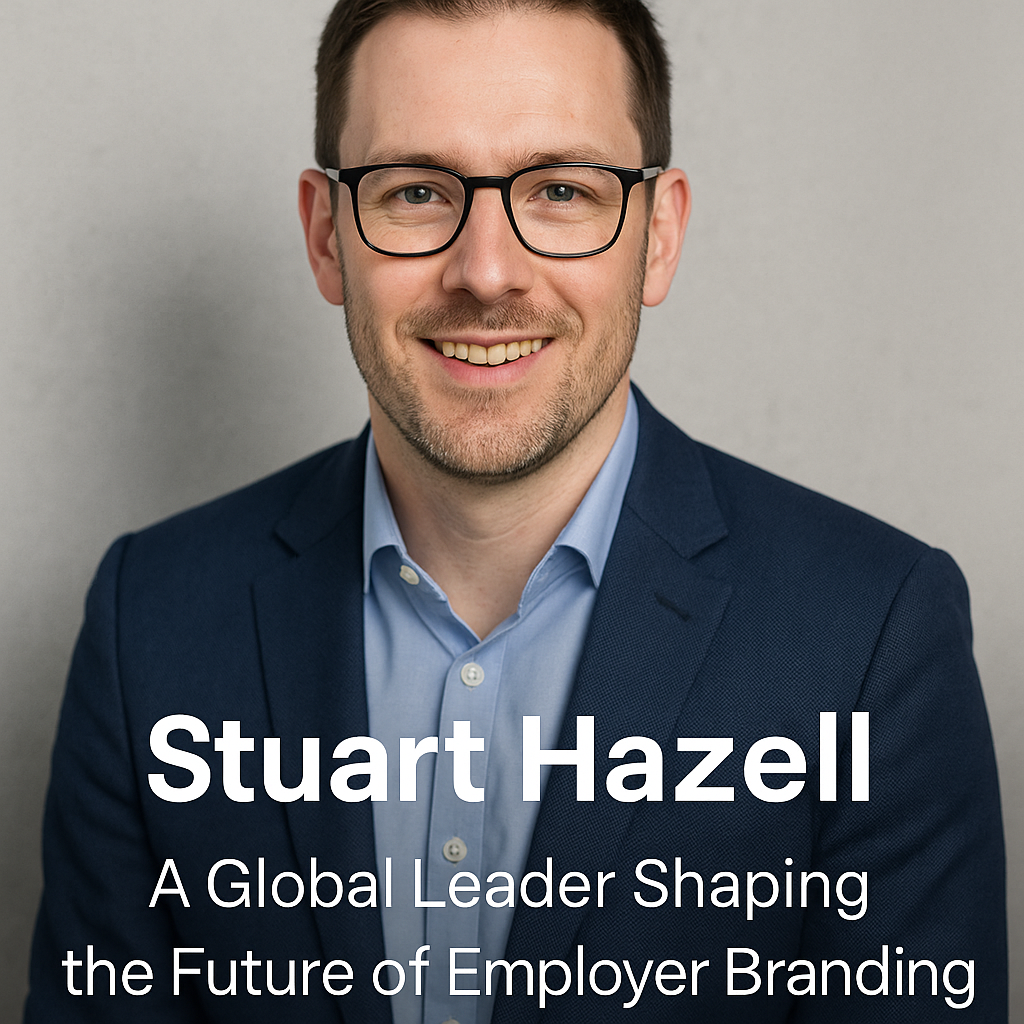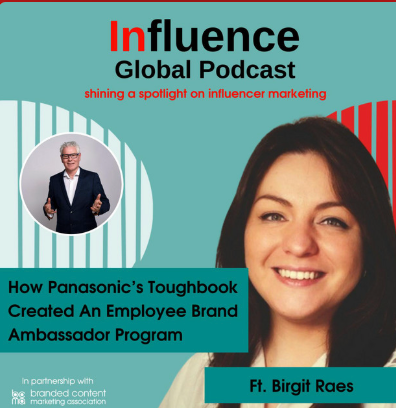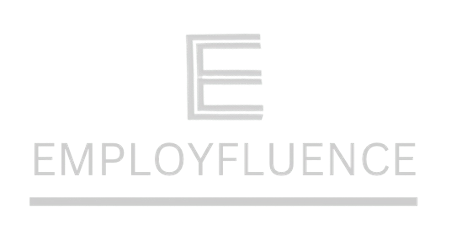From Coffee to a Movement: The Birth of Employfluence

Great ideas often start with a simple conversation. In our case, it was over countless cups of coffee, where an influencer marketing expert and a seasoned sales leader turned digital strategist debated the future of marketing. With over 20 years of combined experience working with global giants like Samsung, Netflix, Sony, HSBC, and Santander, one thing became clear: the next wave of marketing wasn’t just about flashy campaigns or external influencers it was about harnessing the authentic voices within a company.
The Aha Moment: Marketing’s Best-Kept Secret
As we reflected on our experiences, one question kept surfacing: why are businesses overlooking their most powerful brand ambassadors their own employees? Companies were pouring massive budgets into paid media, relying on influencers with no real connection to their brand, and missing out on a more sustainable and trusted approach: employee advocacy.
That realization sparked the foundation of Employfluence. We envisioned a future where employees weren’t just workers but thought leaders, where their insights and expertise became the most valuable marketing asset a company could have. The idea was simple but powerful: give employees the tools, confidence, and strategy to share their knowledge, and watch as brand credibility and engagement grow organically.
Turning Conversations into Action
Our experience gave us a unique perspective on how to build effective advocacy campaigns. We knew this wasn’t just about posting content—it was about:
- Empowering Employees – Helping them build confidence in sharing their expertise online.
- Authenticity Over Automation – Ensuring that content feels genuine, not forced or overly polished.
- Reducing Ad Costs – Leveraging employee advocacy to amplify reach without heavy reliance on paid advertising.
- Strengthening Company Culture – Fostering a workplace where employees feel valued and engaged through shared knowledge.
The Start of Something Bigger
What started as a casual conversation over coffee quickly transformed into a mission: to revolutionize how businesses think about marketing. Today, Employfluence stands as a testament to that vision, proving that real influence doesn’t come from outside—it starts within.
If you’re ready to tap into the power of your employees and reshape the way your business grows, we’d love to chat. After all, the best ideas start with a conversation.
Contact Us
We will get back to you as soon as possible.
Please try again later.



